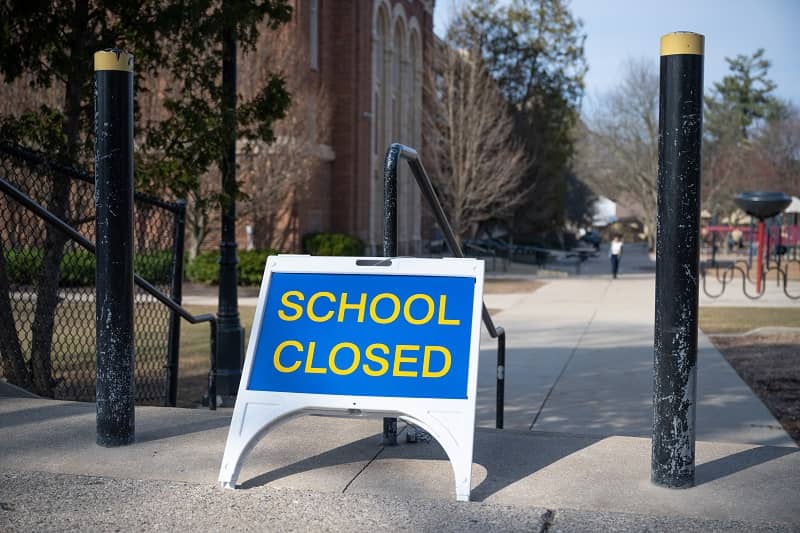By Benjamin Scafidi, Ph.D.
America’s public schools are bloated with bureaucracy and skinny on results. But by adopting a stricter diet, states could realize savings that would benefit students, empower their parents, and reward great teachers.
Nationwide since 1950, the number of public school administrative and non-teaching positions has soared 702 percent, while the student population increased just 96 percent. Over that same period, teachers’ numbers also increased―252 percent―but still far short of administrators and non-teaching personnel.
Notably, that hiring trend has been just as prominent over the past two decades. From 1992 to 2009, students’ numbers increased 17 percent, whereas administrators and other non-teaching staff rose 46 percent. And during that time, some states actually lost students yet kept hiring more non-teachers.
For instance, in Hawaii, student enrollment in public schools jumped about 3 percent while non-teaching personnel grew almost 69 percent. In the District of Columbia, the student population declined some 15 percent, while non-teaching personnel increased 42 percent.
Of course, those hiring patterns might be warranted if students’ academic gains kept pace. Academic outcomes, however, have not experienced similar growth. Public high school graduation rates peaked around 1970, and government data show reading scores on the National Assessment of Educational Progress (NAEP) fell slightly between 1992 and 2008. Math scores on the NAEP Long-Term Trend were stagnant during the same period.
Such irresponsible use of taxpayer dollars is indefensible. As state leaders continue to find ways to keep their fiscal houses in order, they shouldn’t fret that today’s economy is causing some to trim fat in public schools. It will serve teachers, students, and taxpayers well.
For example, had non-teaching personnel increased at the same rate as students nationwide, American public schools would have an additional $24.3 billion annually―funds that could be used to give quality teachers raises, scholarships to students in need, relief to taxpayers, or some other worthy purpose. For some states (like Oregon, Washington, and Idaho), savings would be in the millions; for others (like California, New York, Pennsylvania, and Ohio), they’re in the billions.
The reallocation of those savings toward students and teachers would make America’s education system far less top-heavy―a needed transition, particularly when compared with our international competitors. According to the Organisation for Economic Co-operation and Development (OECD), the United States spends more of its taxpayer funds for public schools on non-teaching personnel―and less on teachers―relative to other OECD members. In 2007, American public schools spent 54.8 percent of operating expenditures on teachers, while the average for all OECD nations was 63.8 percent. At the same time, American public schools devoted 25.7 percent of operating expenditures to non-teaching staff; the OECD average was only 14.9 percent. Thus, American public schools spend around 72 percent more on non-teaching staff as a proportion of their operating budgets relative to the other nations in the OECD. It is worth mentioning that overall spending per student in American public schools ranks among the very highest in OECD nations.
There is evidence Americans would support reductions in public school staffing. According to 2012 polling data by the Thomas B. Fordham Institute, 69 percent of adults surveyed favor “reducing the number of district-level administrators to the bare minimum” as a “good way to save money because it means cutting bureaucracy without hurting classrooms.” Only 20 percent said it was “a bad way to save money because districts need strong leadership and good leaders cost money.”
If parents―like those in the Fordham survey―had a say in the direction of America’s schools, institutions of learning would look far different. Such empowerment would bring about greater efficiency and productivity as parents choose less-bloated schools where the taxpayer funding for their children’s education can go the furthest.
Benjamin Scafidi, Ph.D. is a senior fellow with the Friedman Foundation for Educational Choice and a guest contributor to Cascade Policy Institute, Oregon’s free market research organization.











